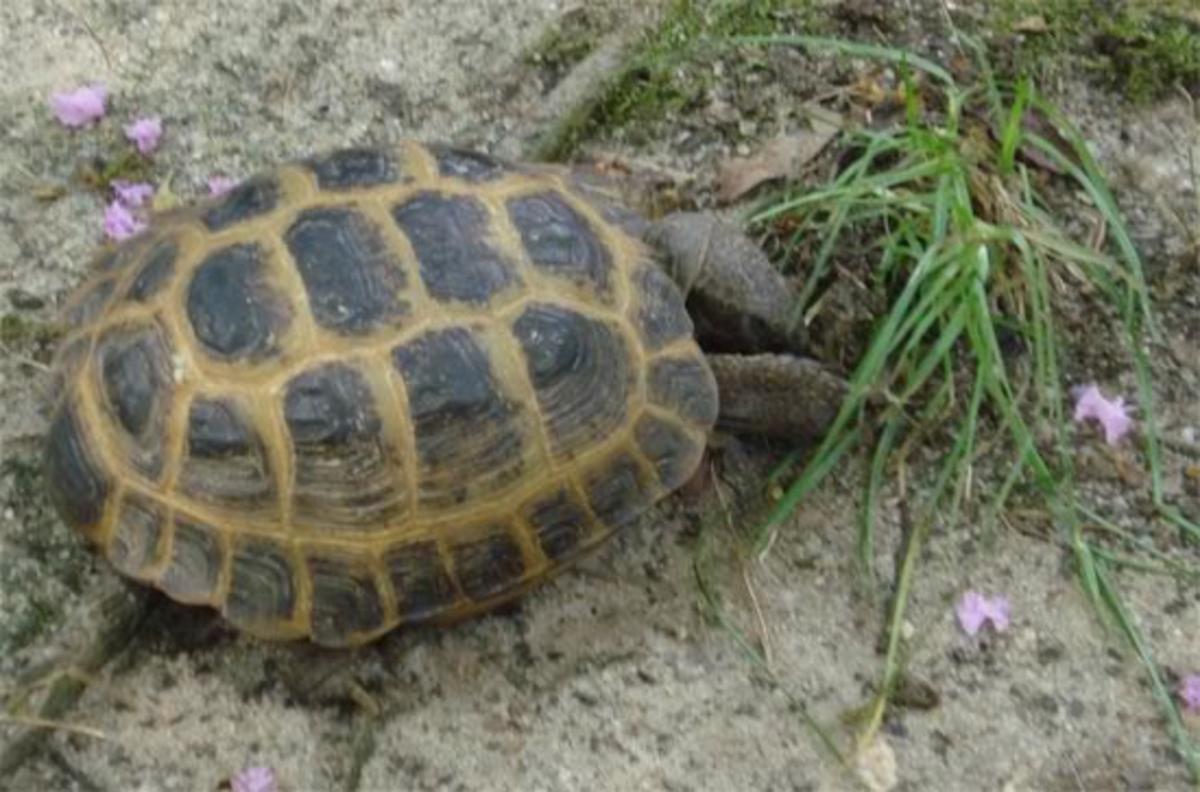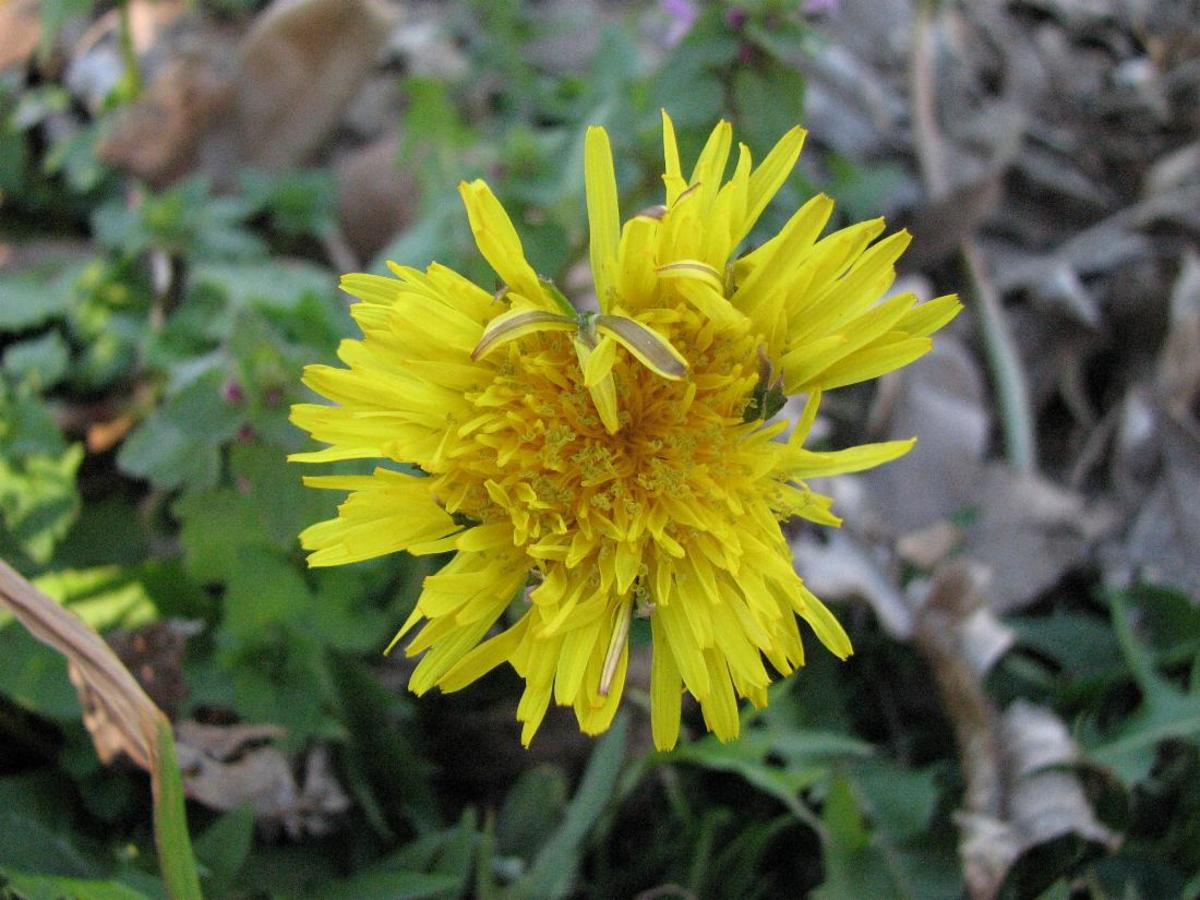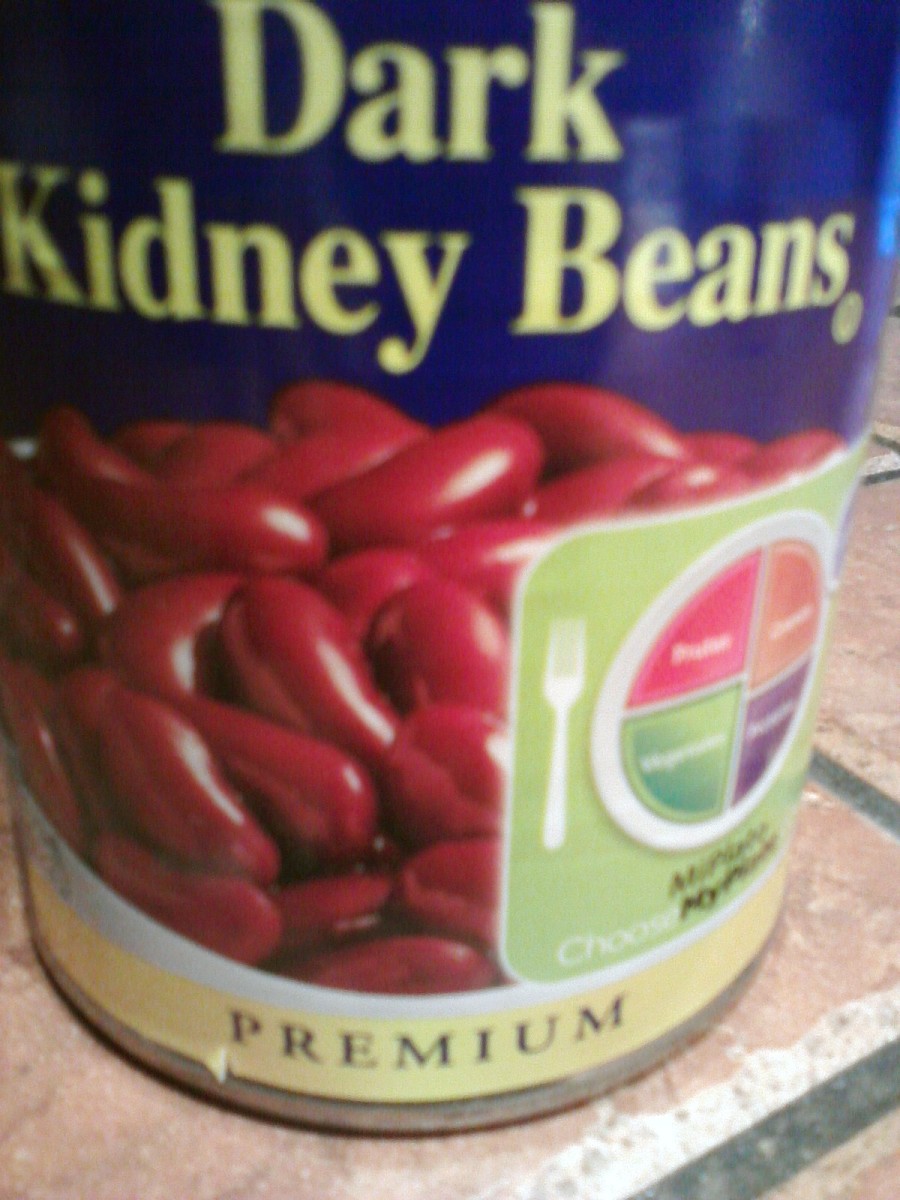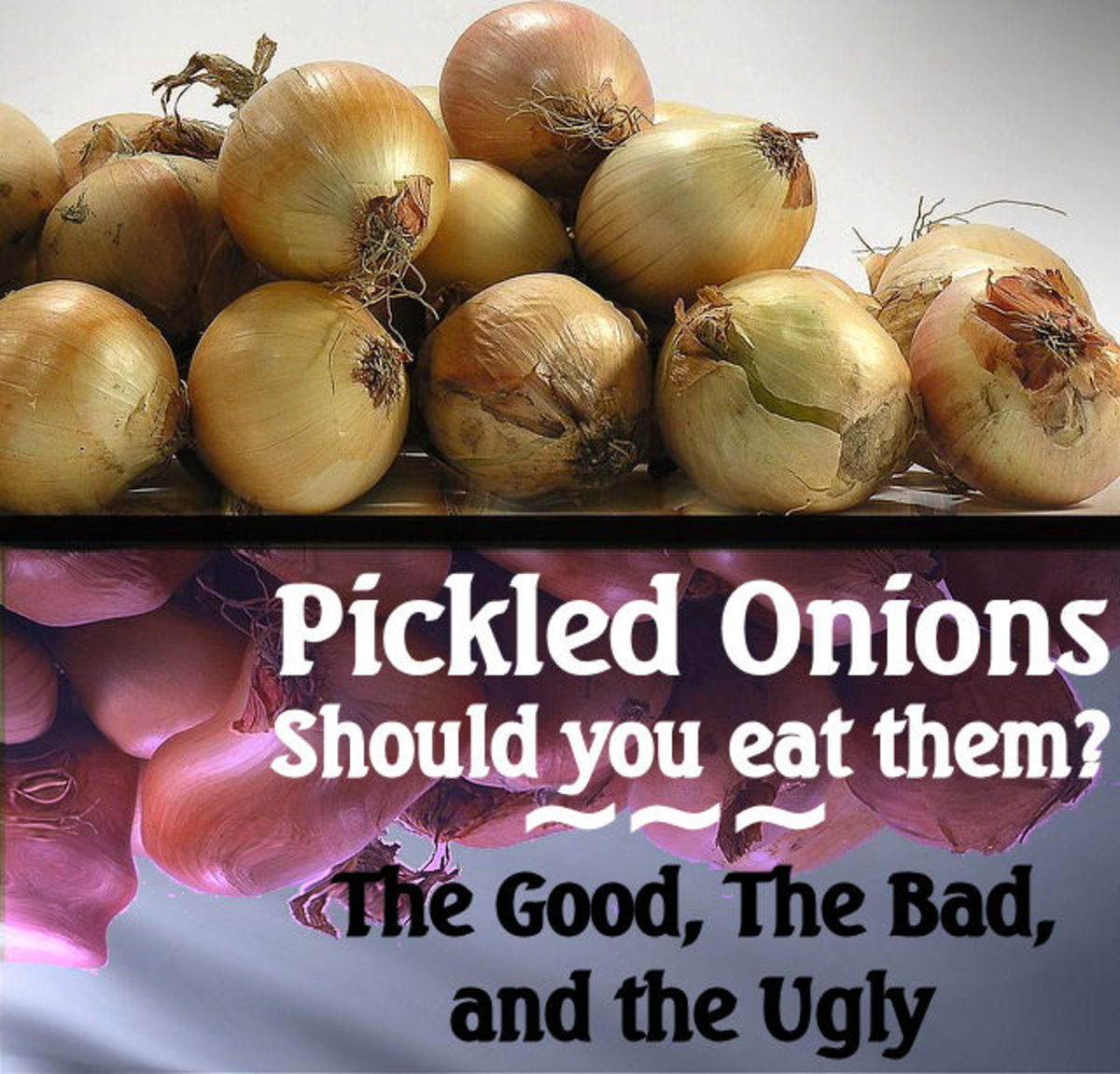Common Wild Edible Plants
Introduction
There are many wild edible plants such as berries such as blackberries, wild raspberries and blueberries that are well known and easy to identify. Other wild eidbles such as fiddleheads or ramps (wild scallions) are common fare at many restaurants. However, there are many plants that are edible and delicious growing right in your back yard. This article aims to help the wildcrafting enthusiast by identifying a number of these plants and giving you some basic tips on harvest and preparation.
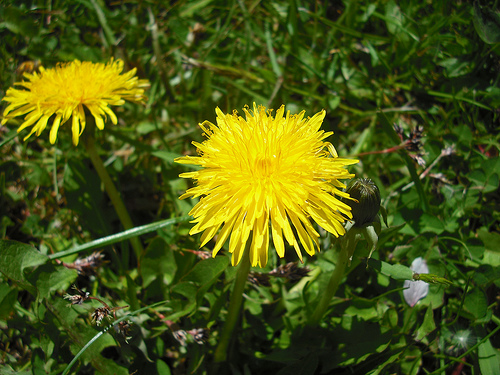
Dandelions
Dandelions are one of the most common edible wild plants. You can find them everywhere there is sunshine, yards, fields, roadsides, forest edges. The deep roots of dandelions make them, as many gardeners and lawn enthusiasts know, very hard to kill and so they spring up in the strangest of places.
Dandelion leaves make excellent salad greens when young. Make sure to pick only young leaves, as the older leaves will have a bitter, milky sap that will make them unpalatable. Many gourmet spring mixes have some dandelion greens in them. The greens provide a sharp flavor much like arugula. You can also make dandelion wine from the blossoms or cook them in traditional dishes and sauces. Recipes for dandelion wine can be found on a number of websites.
When harvesting dandelions do not pick from areas that you know or suspect to have pesticides or other chemicals. Dandelions are as much as many other plants, and you don't want to eat any poison unknowingly. Therfore, make sure to wash and greens that you pick thoroughly before you eat them. You can store dandelion greens in a bowl with a wet paper towel over the top for a few days before they will start to wilt and look un-apetizing.
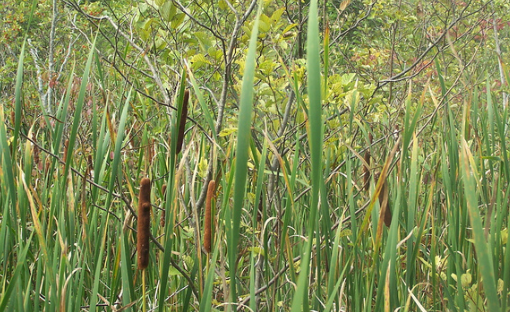
Cattails
A very common but relatively unknown edible plant is the cattail. Cattails grow in low lying swampy areas in bunches and around the edges of ponds and lakes.
Young cattail shoots are delicious and very similar to asparagus. To collect the shoots, pull the young plants from the ground and peel off the outer two leaves leaving the inner portion of the plant which will resemble a scallion. You can prepare these the same way as you would asparagus, by sauteing, boiling or grilling them.
Cattail pollen can also be collected. In June and July the spike just above the brown 'tail' part of the cattail will have signs of dusty, yellowish pollen on it. To collect the pollen Bend the cattail toward you, putting the top of the plant into a bag, close off the bag with your had and shake the pollen into the bag. In an area full of cattails, collecting a large amount of pollen will go by quite quickly. This floury pollen can be substituted for up to half of the flour in a bread, pancake, or batter recipe.
Cattails grow in swampy areas, so be prepared to get wet if you are going to collect them. Also, don't collect cattails from swampy areas that may be polluted by industrial or agricultural waste. Be sure to harvest responsibly, don't remove all the cattails from a section of a pond or marsh, try to spread your harvest evenly through the area to ensure they will be there again the next year.
Wild and Garden Flowers
There are many wild and common garden flowers that you would never suspect to be edible so I have prepared a list of some of the most common,
- Chicory - The buds can be boiled steamed or sauteed and the roots can be used to make chicory tea.
- Red Clover Blossoms - These sweet blossoms make for a great tea when dried. (note red clover should be consumed in moderation as it contains several natural chemicals that can act as blood thinners if taken in large or daily doses, however occasional ingestion is healthy and delicious!)
- Daylilies - The young buds of daylilies are edible and can be boiled, sauteed, grilled or steamed
- Hibiscus Blossoms - Sweet, acidic, makes a wonderful sauce when cooked in stock or wine.
- Lavender - Delicious 'colorful' flavors can and a great aroma and delicate flavor to sauces or dishes.
- Marigold Blossoms-Spicy, and bitter, a great addition to a sweet salad, petals make a great garnish
- Pansy Blossoms- A great garish, bright beautiful flower that has a sweet / tart flavor to it
- Queen Anne's Lace Flowers - Great when battered or breaded and pan fried
- Snap Dragon Blossoms- Bland but colorful and fun addition for a garnish.
- Sumac : Red Sumac Clusters - (NOT SUMAC WITH WHITE FLOWERS / BERRIES!) can be used to make a tart citrus addition to a dish a great local citrus substitute. The red clusters also make a great lemonade when soaked in water overnight!
- Violet Blossoms- Sweet, lucious a fantastic addition to a desert
Wild Burdock
In the northeast United States wild burdock is a very common plant that is extremely useful in cooking and extremely annoying for dogs and hikers. The roots, leaves stems and shoots are all edible from this plant. For more detail, check out my article that details the harvest and preparation of wild burdock!
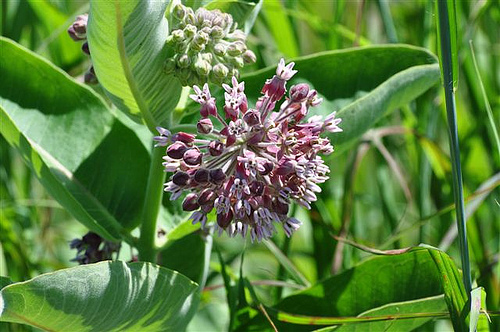
Milkweed
Like wild burdock, milkweed has numerous parts of the plant that are edible. Milkweed grows in clearings, fields, roadsides, and really anywhere with direct sun. Breaking the plant reveals its namesake, a milky white sap. When harvesting be sure to take in moderation, milkweed is essential to the ecosystem and has a distinct importance to butterfly species.
The young shoots have an asparagus like flavor to them and were a popular Native American food. The flower buds and seed pods of milkweed can be prepared by boiling in water for a three to four minutes to remove bitterness and then sauteeing with butter and garlic. They have a broccoli like flavor and add a depth of flavor when mixed with broccoli in dishes.
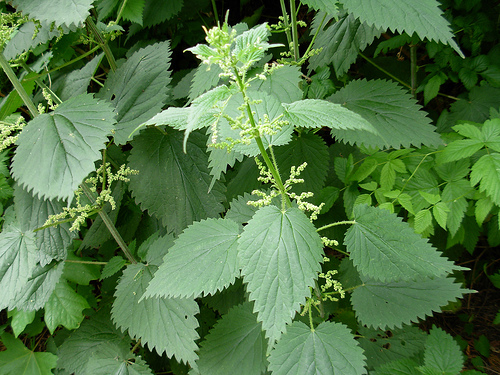
Stinging Nettles
Stinging nettles are very delicious but please do not try to eat them raw, it will be a most unpleasant experience. Nettles grow along riversides and creek banks, and if you have ever walked through a patch in shorts you know they live up to their name.
The young plants can be steamed sauteed or boiled, and cream of nettle soup is a wonderful treat. Just substitute the nettles for spinach in any recipe for cream of spinach soup. Older plants can be simmered in water and then removed (they get too tough and fibrous to eat) to create a flavorful vegan broth for cooking.
When harvesting be sure to wear long sleeves and gloves - preferably latex coated - to ensure you don't get the itchy nettle effect. Do not worry about being stung by eating cooked nettles, heat removes that aspect of plant, which is truly a very tasty and common edible.

